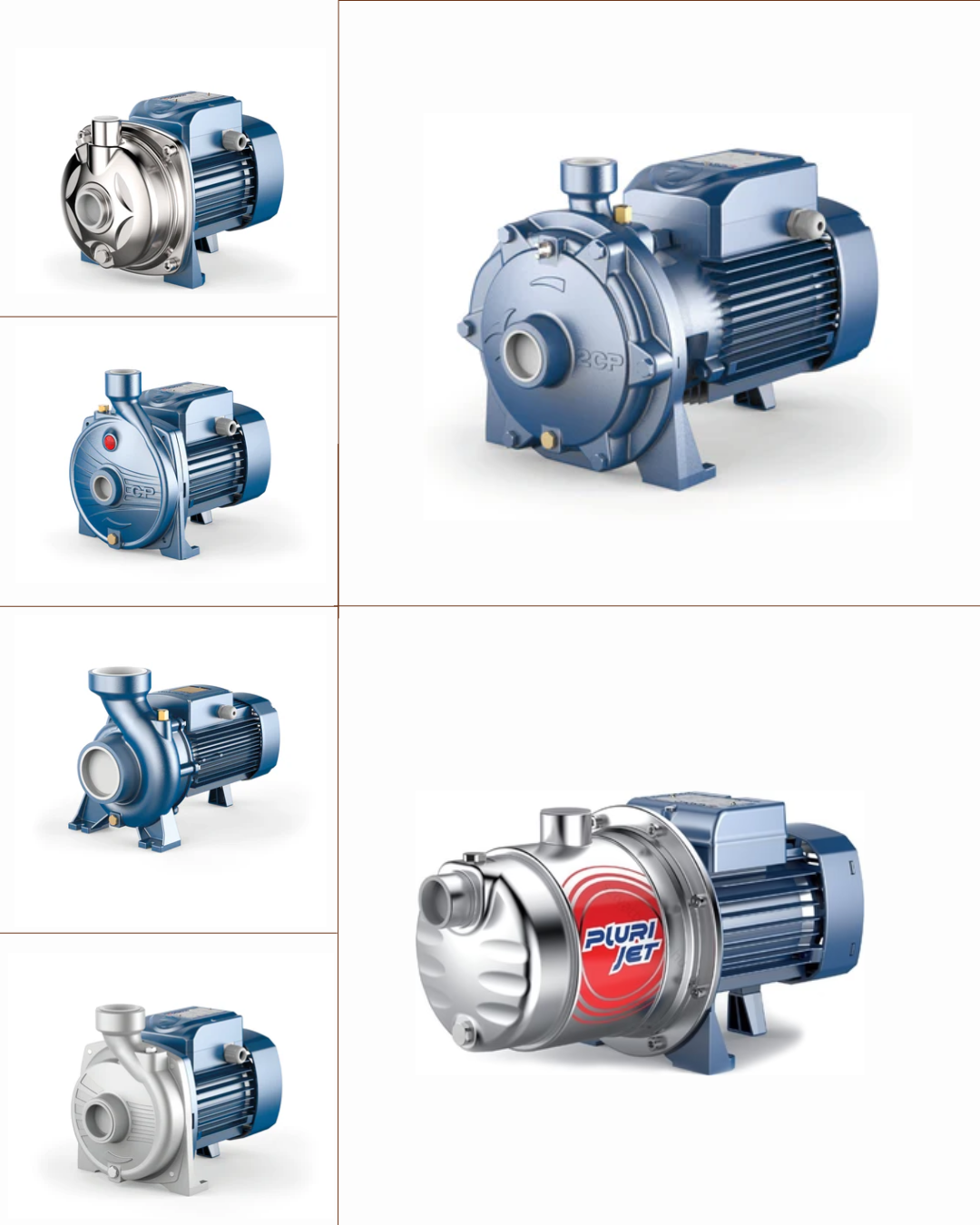Understanding Submersible Pumps: How They Work and When to Use Them
Posted by Allen Wright on
Submersible pumps are crucial components in various industries, particularly in plumbing, wastewater management, agriculture, and even oil and gas extraction. These specialized pumps are designed to function while fully submerged in the fluid they are pumping, offering efficiency, durability, and versatility.
We will explore how submersible pumps work, their key components, and the industries in which they are most commonly used.
What Are Submersible Pumps?
A submersible pump is a device that operates while fully submerged in the fluid it pumps. Unlike other types of pumps that rely on gravity or pressure to move fluids, a submersible pump works by pushing water or other liquids to the surface. These pumps are typically sealed to prevent water from entering the motor, making them ideal for applications where the pump needs to be immersed in liquid for extended periods of time.
The design of submersible pumps allows them to handle various types of liquids, including clean water, sewage, slurry, and even chemicals. Their ability to operate while submerged means they can handle deeper water sources or underground systems more effectively than traditional pumps.

How Do Submersible Pumps Work?
Submersible pumps function by using an electric motor that drives an impeller or rotor inside a pump housing. The motor is located at the bottom of the pump assembly and is hermetically sealed to prevent any fluid from coming into contact with the electrical components. When the pump is submerged in water (or other liquid), the impeller rotates, creating a pressure difference that forces the liquid to flow upwards and out of the discharge port.
The key components of a submersible pump include:
- Motor:This is the power source of the pump. It is typically a sealed electric motor designed to operate underwater.
- Impeller:The rotating component that moves the liquid through the pump and out of the discharge port.
- Pump Housing:The outer casing that houses the motor and impeller, ensuring the pump operates smoothly while submerged.
- Seals:To prevent leakage, submersible pumps are equipped with seals that protect the motor and electrical components from water exposure.
- Discharge Port:This is where the liquid exits the pump and is directed to its intended destination.
By functioning while fully submerged, submersible pumps can push the fluid from the source, such as a deep well or a flooded area, directly to the surface with minimal energy loss.

Types of Submersible Pumps
There are different types of submersible pumps, each suited for specific applications:
- Clean Water Pumps:These are used in applications where only clean, non-contaminated water needs to be pumped, such as in deep wells or for residential water supply systems.
- Sewage and Effluent Pumps:Designed to handle wastewater, sewage, and effluent from commercial or residential properties, these pumps are equipped with larger impellers to handle solids and debris.
- Stormwater Pumps:Used to remove excess water from flood-prone areas or stormwater systems, these pumps are capable of handling large volumes of water during heavy rains.
- Chemical Pumps:These are built with materials resistant to corrosion and can pump chemical liquids, oils, or other hazardous substances in specialized industries.

Applications of Submersible Pumps
1. Plumbing and Drainage Systems
In residential and commercial plumbing, submersible pumps are commonly used for draining basements, flooded areas, or pools. These pumps can easily remove water from low-lying areas, preventing water damage and reducing the risk of mold and mildew. For example, in sump pumps, submersible pumps are used to remove excess groundwater that may accumulate in basements, directing it away from the structure's foundation.
2. Wastewater Management
One of the most important applications of submersible pumps is in wastewater treatment plants. These pumps are used to transport sewage and wastewater through pipelines to treatment facilities. The ability to handle solids and sludge makes submersible pumps essential in the treatment of wastewater in both residential and industrial settings. Submersible pumps are also used in septic tank systems to move effluent to drain fields.
3. Agriculture and Irrigation
Submersible pumps are often used in irrigation systems to draw water from wells, rivers, or reservoirs. These pumps help maintain an adequate water supply to crops, particularly in areas where surface water may be limited. Their ability to pump water from deep wells makes them especially valuable in regions with groundwater as the primary water source.
4. Construction and Mining
In the construction and mining industries, submersible pumps are used for dewatering purposes. These industries often deal with groundwater seepage or flooding in trenches, excavation sites, and tunnels. Submersible pumps are ideal for moving large volumes of water and slurry, ensuring that operations can continue without water-related disruptions.
Looking for Reliable Submersible Pumps?
Power Plus Retailers powered by Wilchestrade LLC specialize in connecting you with the right products for your needs. From submersible pumps for sewage water to water pressure booster pumps for industrial use, we have the best deals. Our reliable, high-quality products, like stainless steel water pumps for sale and Sportsman home generators for emergency use, are perfect for both residential and industrial applications.

